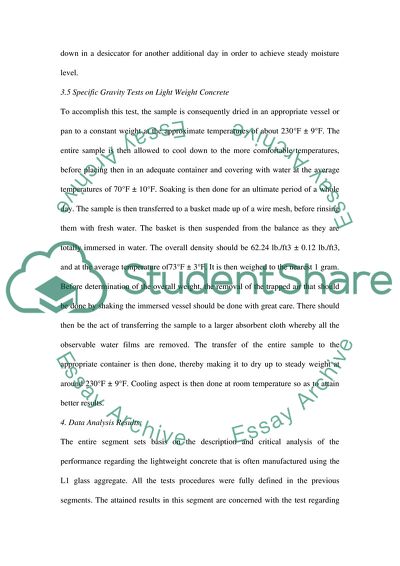Cite this document
(Data Analysis for Concrete Using Expanded Class as Lightweight Coursework Example | Topics and Well Written Essays - 4250 words, n.d.)
Data Analysis for Concrete Using Expanded Class as Lightweight Coursework Example | Topics and Well Written Essays - 4250 words. https://studentshare.org/engineering-and-construction/1878141-data-analysis-for-concrete-lightweight-using-expanded-class-as-lightweight-aggregate
Data Analysis for Concrete Using Expanded Class as Lightweight Coursework Example | Topics and Well Written Essays - 4250 words. https://studentshare.org/engineering-and-construction/1878141-data-analysis-for-concrete-lightweight-using-expanded-class-as-lightweight-aggregate
(Data Analysis for Concrete Using Expanded Class As Lightweight Coursework Example | Topics and Well Written Essays - 4250 Words)
Data Analysis for Concrete Using Expanded Class As Lightweight Coursework Example | Topics and Well Written Essays - 4250 Words. https://studentshare.org/engineering-and-construction/1878141-data-analysis-for-concrete-lightweight-using-expanded-class-as-lightweight-aggregate.
Data Analysis for Concrete Using Expanded Class As Lightweight Coursework Example | Topics and Well Written Essays - 4250 Words. https://studentshare.org/engineering-and-construction/1878141-data-analysis-for-concrete-lightweight-using-expanded-class-as-lightweight-aggregate.
“Data Analysis for Concrete Using Expanded Class As Lightweight Coursework Example | Topics and Well Written Essays - 4250 Words”. https://studentshare.org/engineering-and-construction/1878141-data-analysis-for-concrete-lightweight-using-expanded-class-as-lightweight-aggregate.


